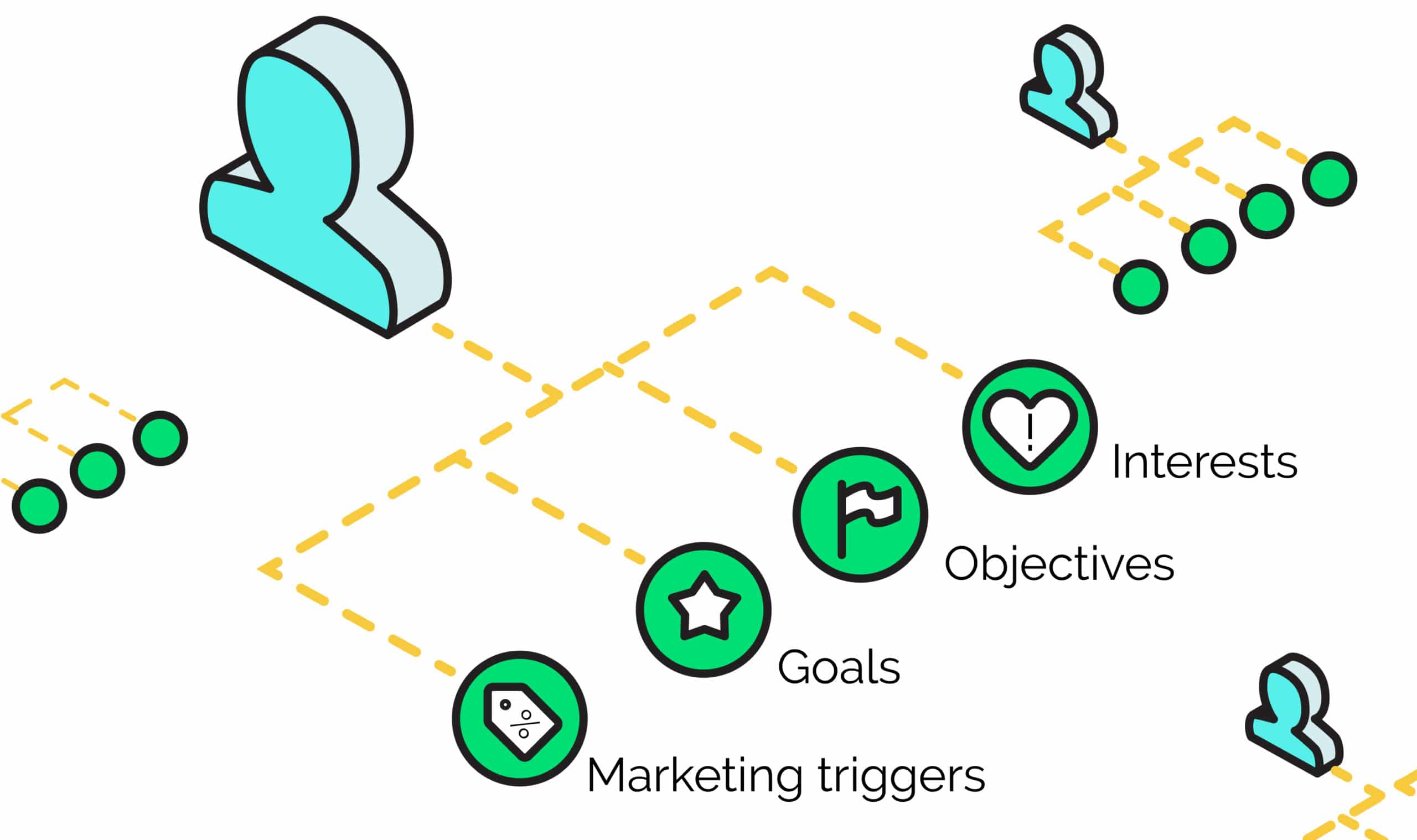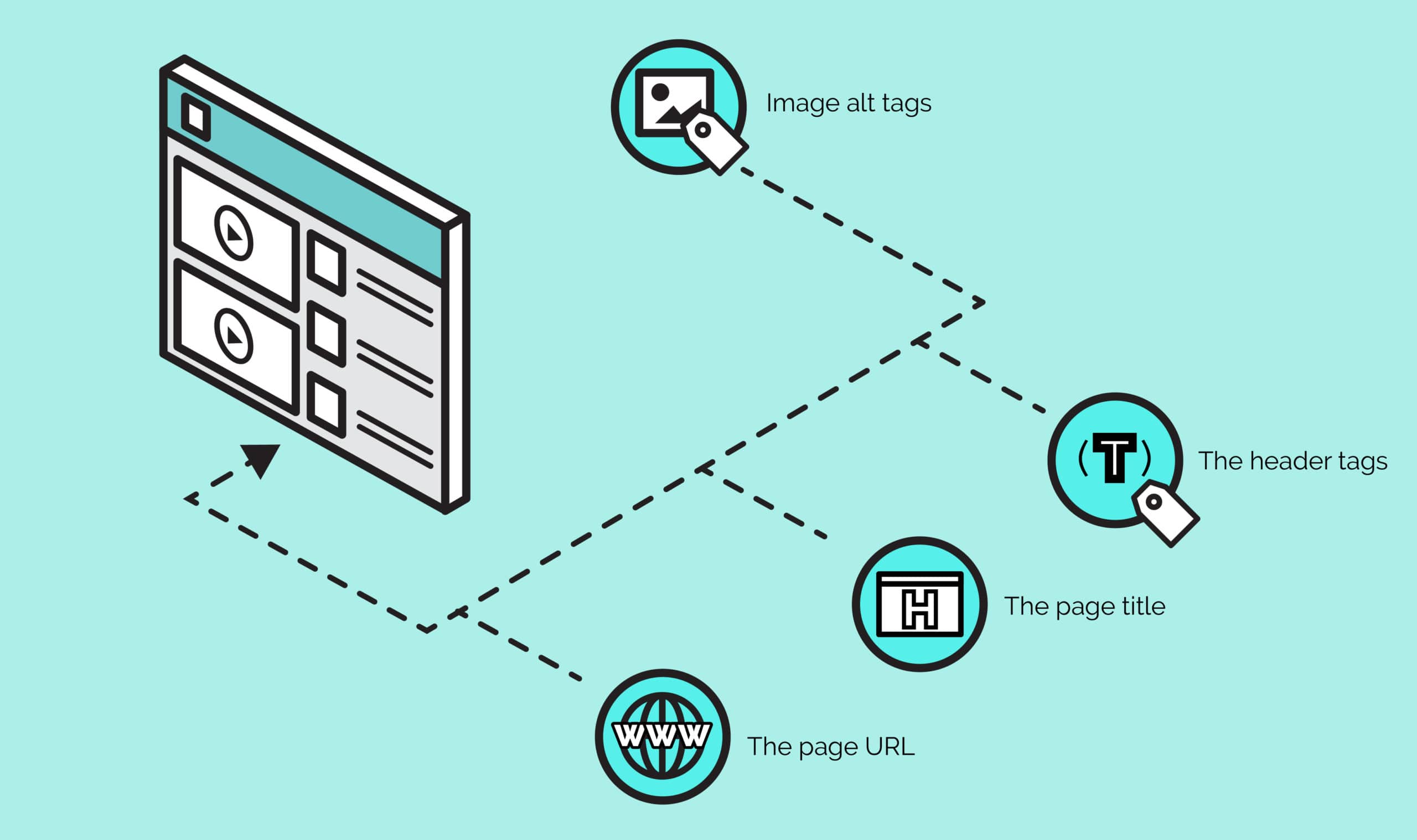The better the quality of the lead, the higher your conversion rate. So why do so many marketers emphasize quantity of leads over quality? Knowing how to improve lead quality is (arguably) even more important.
It doesn’t matter if your marketing efforts attract 150 leads per month. If they aren’t quality leads, you aren’t going to convert many of them. Let’s take a closer look at how to increase inbound leads that matter with inbound marketing.
What Is a Quality Lead?
Quality leads will make their way through the sales funnel very fast. These leads come in ready to make a purchase, meaning they speed up cycle time, enhance the productivity of your sales team, and reduce the total cost of your marketing and sales efforts.
To establish high-quality leads, you will need much more than a single point of data for each prospect. Instead, your inbound marketing team will use the following points of data to define and target an MQL (Marketing Qualified Lead) :
- Name
- Phone number
- Demographics
- Contact information
- Buying signals
- Firmographics
Here are some ways to improve lead quality and boost conversion.
1) Match Gated Content With Blog Content
Probably the most common and easiest way to generate leads through inbound marketing is to have site visitors fill out a contact or email form on a landing page to receive access to premium “gated” content. Sure, this is simple once the visitors are on your site, but getting them to your site can be tedious and expensive, especially if you’re using paid search methods like Google Adwords. An inexpensive solution to this problem is to match gated content with blog content. In doing this, you literally construct a lead generation opportunity for each blog posting.
2) More Blogging to Drive Organic Searches

One change you need to make lies in your blogging efforts. Google is much more likely to present your site to web searchers through an organic search if you are blogging on a regular basis. Did you know websites with blogs tend to have 434% more indexed pages than sites that don’t blog? The more you blog, the more content Google and other search engines have to crawl on your site, which is paramount in helping the search engines recognize that your site is valuable and resourceful for people. You need to be blogging at least one to two times a week, if not more. Within your postings, you will, of course, need to incorporate a plethora of natural long-tail keywords that are relevant to the industry your company operates in.
3) Alter Website Architecture to Boost Organic Search Results
Another small change you can make relates to your website architecture. For example, did you know your URL naming conventions play a huge role in how Google ranks your website? If you have a services page (which you most definitely should), you should change the title of the page from “services” to something with a question in the URL. Let’s say your company operates in the HVAC industry. Instead of titling your services page “services,” you should change it to “why are HVAC services important?” Google values content that answers people’s questions. A page with a question in the URL is much more likely to rank high on search engines results pages for people who are looking directly for the services you provide. These people are going to be quality leads.
4) Use Targeted Content to Nurture Your Leads

To ensure your targeted content is improving the quality of your leads, you must identify at least four of your buyer personas. Next, you will develop an assortment of targeted content for each buyer persona. This content should be based on each buyer personas’:
- Interests
- Goals
- Objectives
- Marketing triggers
The buyer persona you are targeting will influence the type of content to use. Having a marketing automation platform in place will help you pinpoint and segment each buyer persona as your inbound marketing strategy expands.
Once you identify the buyer persona you want to target, you’ll have to decide which marketing medium to share your message. Did you know you can use infographics for inbound lead generation? Infographics and other types of visuals are known for their higher conversion rate. Visuals allow you to share a complex message without overwhelming the audience. Even the most complicated messages become simple to understand when your marketing plans include infographics and other types of visuals. More importantly, inbound lead generation and higher conversion rates become possible with visual marketing regardless of the audience you are targeting. Using infographics marketing is simple thanks to the help of lead generation companies. Once you find a company that meets your needs and preferences, you’ll receive expert knowledge on how to use all of your visual marketing tools for inbound lead generation purposes. A lead generation consultant can even provide guidance and actionable steps for using infographics to build backlinks, which is crucial to generating leads.
Other types of visuals to use within your marketing plan to increase inbound lead generation are explainer videos and whiteboard animations. Explainer videos, much like infographics, make it simple to share a complex message in an easy-to-understand manner. The same applies to whiteboard animations. You can even partner with lead generation companies that specialize in visual and video marketing design to create interactive content. This type of content is well-received by audiences and is known for its higher conversion rate.
5) Don’t Make It All About You
When your inbound marketing content is all about you — Contact us, call today to speak with one our sales reps, get a free download by clicking here, etc. — you leave out the most important part of the lead generation process. You leave out the actual lead you are trying to attract. Instead of focusing your content on YOU, focus on the leads you trying to attract and how you can make their lives easier. For example, if you are a software company offering accounting automation software, make sure your content leaves the reader with a valuable offer like ‘let us evaluate your current accounting process and identify areas that can benefit from software automation.’ This type of customer-centered content is going to impress readers and attract quality leads who are ready to give your company the opportunity to simplify their lives.
6) One Keyword at a Time Attracts Quality Leads
When you’re blogging, it’s perfectly fine to spruce up the content will multiple relevant keywords. Just make sure the keywords are integrated into the content naturally. If it doesn’t roll off the tip of the reader’s tongue naturally, don’t try to force a keyword.

- Body copy (remember, body copy can have more than one keyword, but its primary keyword should be the same word you are optimizing the page for)
- Image alt tags
- The header tags
- The page title
- The page URL
7) It’s All About Networking
From an off-page SEO standpoint, you need to build inbound links to your landing pages and these links need to come from sites that have high authority in the eyes of Google and other search engines. For example, as the owner of a furniture store, getting an inbound backlink from a local distributor isn’t going to look nearly as good as receiving inbound links from major retailers, like Ashley Furniture. Think about it. A person shopping online for furniture is on the Ashley Furniture website and clicks on an inbound link to your site; this person is likely to trust and value Ashley Furniture’s connection to your site, and as a result, be much more likely to make a purchase from you than if they had been directed to your site from an unheard-of furniture distributor. To attract quality leads through this form inbound marketing tactic, you need to network. Your content specialist can make phone calls and reach out through email to network with major retailers to see if they are willing to link back to your site. Many major retailers are more than willing to provide inbound links to your site in exchange for a guest blog post on their site.
Leverage Visual Marketing To Scale Your Inbound Lead Flow Today






